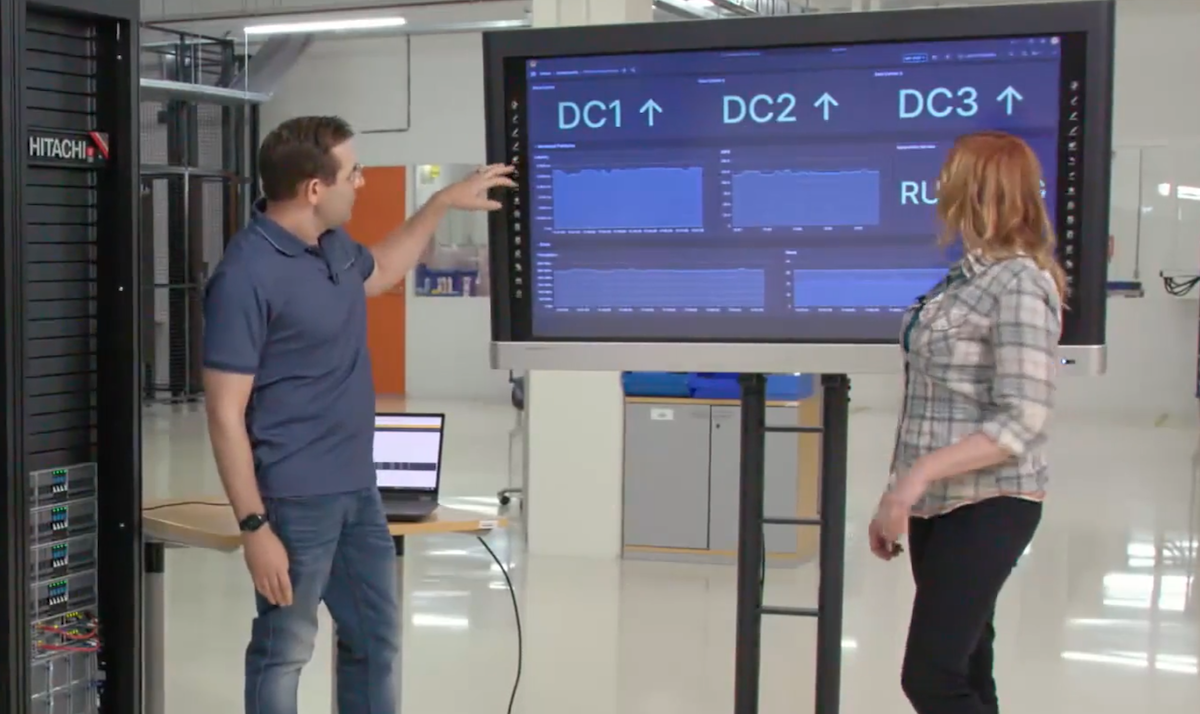Before Google could even take to the stage to announce their new “Google Storage for Developers” cloud storage offering in their I/O conference keynote, Amazon hit back with a new low-cost “Reduced Redundancy Storage” option for S3. The titans are at war, and cloud storage is the new battle ground. But what was really announced? And should you care?
Defining Durability
Amazon begins their RRS rollout with an apt discussion of durability. To quote:
Let’s define durability (with respect to an object stored in S3) as the probability that the object will remain intact and accessible after a period of one year. 100% durability would mean that there’s no possible way for the object to be lost, 90% durability would mean that there’s a 1-in-10 chance, and so forth.
I like this turn of phrase, and encourage other storage vendors to consider it as well. It’s especially appropriate for a discussion of public cloud storage, since the traditional SLA (“availability”) relies on many systems between data and application. There are many failure scenarios that can result in a loss of availability without any risk of data loss, and Amazon is wise to make the distinction here.
Also see Amazon CTO Werner Vogels’ discussion of S3 durability
Amazon claims that “the durability of an object stored in Amazon S3 is 99.999999999%. If you store 10,000 objects with us, on average we may lose one of them every 10 million years or so. This storage is designed in such a way that we can sustain the concurrent loss of data in two separate storage facilities.” That’s eleven nines — a Very Large Number. RRS changes this: “Objects stored using RRS have a durability of 99.99%, or four 9’s. If you store 10,000 objects with us, on average we may lose one of them every year. RRS is designed to sustain the loss of data in a single facility.” Eleven nines remains the default for data written to S3, but an API call can set the REDUCED_REDUNDANCY flag on demand.
The idea is that some data can be regenerated or simply requires less “durability”. The value for the customer is reduced cost: RRS is 1/3 cheaper than regular S3 storage at $0.10 per GB per month to start, a substantial discount designed to counter Google’s forthcoming offering.
Stephen’s Stance
Amazon S3 RRS is a risky move, but the company handled the announcement exactly right. Rather than focusing on the reduction in cost, they turned the spotlight to the built-in reliability of their existing offering. Yet it’s a fact that not all data is equal, and much could be stored with less durability and at a lower price, and Amazon’s new option enables this. The company also made the right move by making reduced-reliability an opt-in option. RRS is a good move for Amazon, and I expect competitors (Google, Rackspace, etc) to follow.




